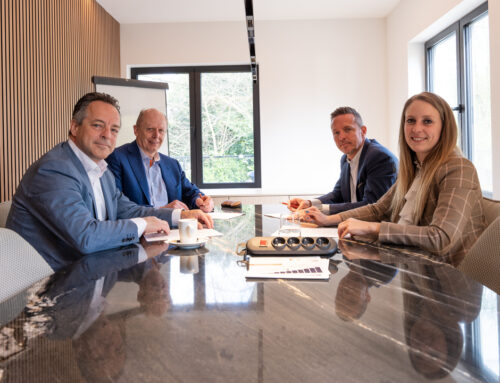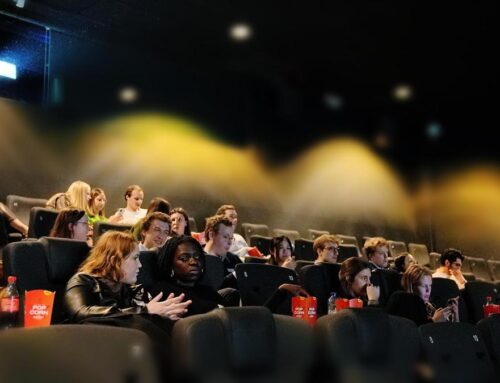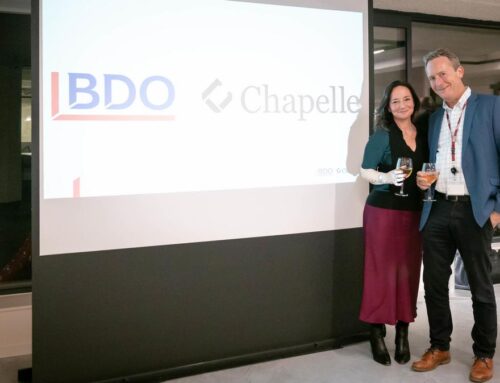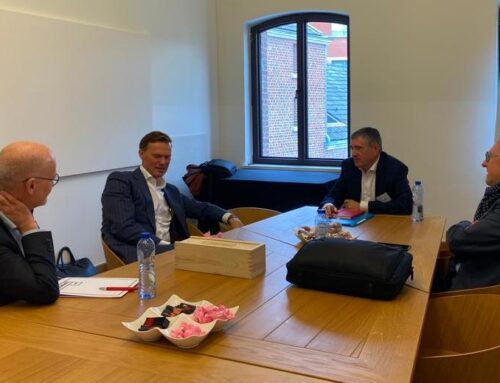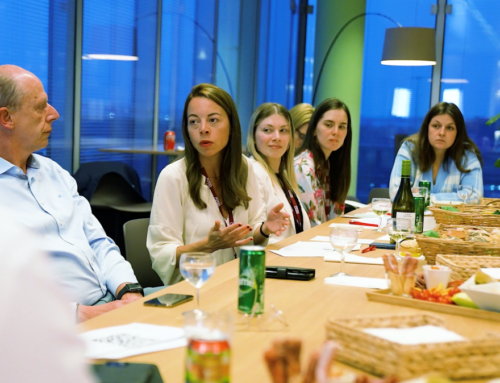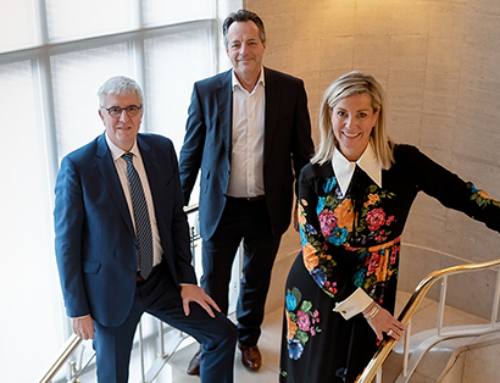How do you coach employees and managers in a hybrid way of working?
Author: Geert Volders, Partner BDO Strategy & Transformation
Coaching and leadership is not an easy given in an environment where all employees work at the exact same time and location, let alone in a situation where the entire team switches to a hybrid working mode, adding an extra layer of complexity. Our Strategy & Transformation experts share their vision on successfully managing remote teams.
Much has been said and written about working relationships and how to approach them. The countless seminars and workshops that never cease to be held on the issue show that it continues to be an obstacle for many organisations. Despite some general trends and the sharing of best practices, there is no standard solution that works for every company.
This is because a vision on hybrid working always has to take the employer, the specific AS IS situation and the organisation’s DNA into account. The ambitions and expectations of both the employer and employees must be combined in a realistic plan, supported by the various levels in the organisation. It is therefore strongly recommended to align the various stakeholders (HR, business, finance and the CEO) in a detailed vision workshop.
Teleworking’s greatest, and partially hidden, challenge lies in the impact of a hybrid vision on the management style and company culture. Before the pandemic, management relied largely on traditional monitoring of presence and progress. Managers had to plan the work, keep an eye on employees, manage schedules and come up with solutions to any problems. In such organisations, teleworking could be experienced as a threat, the logic being that since employees can easily avoid being monitored at home, they will be less productive. However, the mandatory teleworking proved the opposite to be true: despite being removed from their managers’ immediate control, people continued to do their work in full from home. There was no sign of any drop in productivity and absenteeism even decreased, as demonstrated by a recent study on absenteeism by Acerta. The reasons for this are a lower level of contamination and the fact that people are more likely to keep working at home even if they are having an “off day”.
“Autonomy based on trust is an important performance factor to successfully manage a remote team.”
Much has been said and written about working relationships and how to approach them. The countless seminars and workshops that never cease to be held on the issue show that it continues to be an obstacle for many organisations. Despite some general trends and the sharing of best practices, there is no standard solution that works for every company.
This is because a vision on hybrid working always has to take the employer, the specific AS IS situation and the organisation’s DNA into account. The ambitions and expectations of both the employer and employees must be combined in a realistic plan, supported by the various levels in the organisation. It is therefore strongly recommended to align the various stakeholders (HR, business, finance and the CEO) in a detailed vision workshop.
Teleworking’s greatest, and partially hidden, challenge lies in the impact of a hybrid vision on the management style and company culture. Before the pandemic, management relied largely on traditional monitoring of presence and progress. Managers had to plan the work, keep an eye on employees, manage schedules and come up with solutions to any problems. In such organisations, teleworking could be experienced as a threat, the logic being that since employees can easily avoid being monitored at home, they will be less productive. However, the mandatory teleworking proved the opposite to be true: despite being removed from their managers’ immediate control, people continued to do their work in full from home. There was no sign of any drop in productivity and absenteeism even decreased, as demonstrated by a recent study on absenteeism by Acerta. The reasons for this are a lower level of contamination and the fact that people are more likely to keep working at home even if they are having an “off day”.
This experience shows that autonomy based on trust and without direct monitoring is an important performance factor as teleworking is not feasible without trust: micro-management is not realistically achievable (planning, attitude, approach to accomplishing goals) and a frustrated employee will soon give up. Encouraging autonomy and trust is therefore a fundamental precondition for employees’ acceptance of structural teleworking – and of the NWOW. The topic should therefore be high on the agenda during management discussions.
In addition to trust, the manager’s role and management style also require revision. After all, in a remote working environment, managers must replace their previous daily monitoring with something closer to a position as coach. The ways in which problems are communicated and managed are also changing.
The provision of training and coaching programmes in accordance with the existing culture and management structures is therefore no unnecessary luxury. Have upper management take part too (read: have them follow the basic training for managers as well). This is how you encourage a “walk the talk” approach. A good start is half the battle, right?
In addition to individual hybrid management skills, a change plan can also include the tools and approach to establish team agreements in a participative way with the employees. These team agreements help not only to create structure as a supplement to the HR arrangements but also provide an insight into the autonomy and the trust granted to the teams.
Do you want to know more about this subject?
Don’t hesitate to contact our Strategy & Transformation team: geert.volders@bdo.be.



